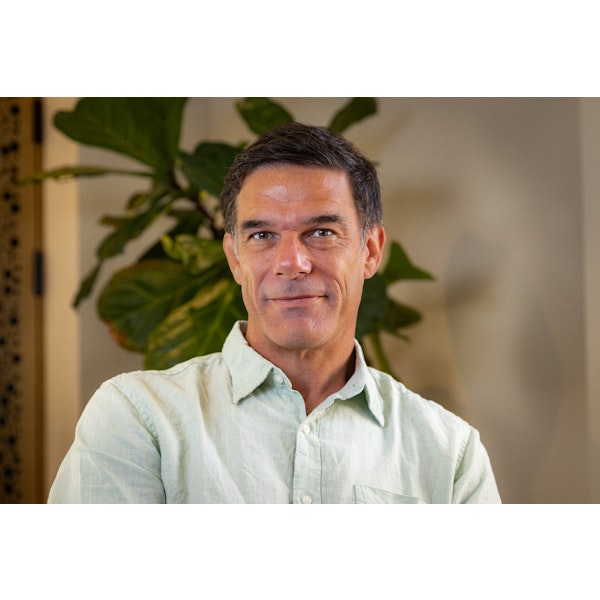Innovating for the future of OOH
Innovating Out-Of-Home: JCDecaux’s Data-Driven Future for Cities and Brands
(This article was generated with AI and it’s based on a AI-generated transcription of a real talk on stage. While we strive for accuracy, we encourage readers to verify important information.)
Mr. Sylvain Le Borgne, Group Chief Data Officer for JCDecaux, detailed the company’s innovation in Out-Of-Home (OOH) media. JCDecaux, a 60-year-old global entity operating in over 80 countries and serving 850 million people daily, bases its model on providing free city services—like street furniture and transport information—funded entirely by advertising. This virtuous cycle benefits citizens, cities, and brands.
JCDecaux continuously innovates its services. Traditional kiosks are being transformed; 160 of France’s 770 kiosks now offer diverse functions, including temperature-controlled units for fresh, locally sourced produce. Public safety is also a priority, with defibrillators deployed in street furniture, exemplified in Manchester. Furthermore, JCDecaux participates in the European project Aware, utilizing Galileo satellite data to display real-time emergency alerts on public screens.
Mr. Le Borgne emphasized the power of partnerships. JCDecaux co-founded the Software Republic with Orange, STMicroelectronics, Thales, Atos, and Dassault Systèmes. This collaborative platform addresses complex challenges by pooling expertise. Their “Vision for Rescue” project, for instance, synchronizes emergency services through data collection, rapid public information dissemination, and even drone deployment from street furniture for immediate incident assessment.
JCDecaux leverages innovation to maximize advertising value. Understanding audience behavior is paramount. They model movement patterns and collaborate with ThisPlace to predict precise audience numbers and profiles, factoring in events like Web Summit Lisbon, enabling dynamic campaign adjustments. To optimize ad impact, the “Optics” system, powered by AI, predicts ad attention and cognitive intensity, guiding creative improvements. Over 30,000 campaigns are projected to be tested this year across 38 markets.
The Optics system significantly improved BBVA’s ad in Colombia, boosting attention by 49% and reducing cognitive intensity by 15%. Programmatic campaigns, such as Aven sunscreen ads triggered by UV index, achieved substantial brand uplift. OOH also amplifies other media, enhancing social and search campaign results; a shoemaker brand in Madrid saw a 10-point increase in brand familiarity in just six days. Direct engagement is facilitated by QR codes, as demonstrated by Billy Blue College of Design in Australia, whose campaign generated over 1000 scans and 2000 sessions, fostering viral sharing.
Mr. Le Borgne concluded that while creativity remains essential, JCDecaux’s technological advancements in pre-testing and ideation ensure OOH continues to be a useful, experiential, and innovative medium. This commitment enhances urban life, improves communication for both entertainment and emergencies, and keeps pushing the boundaries of out-of-home advertising.
